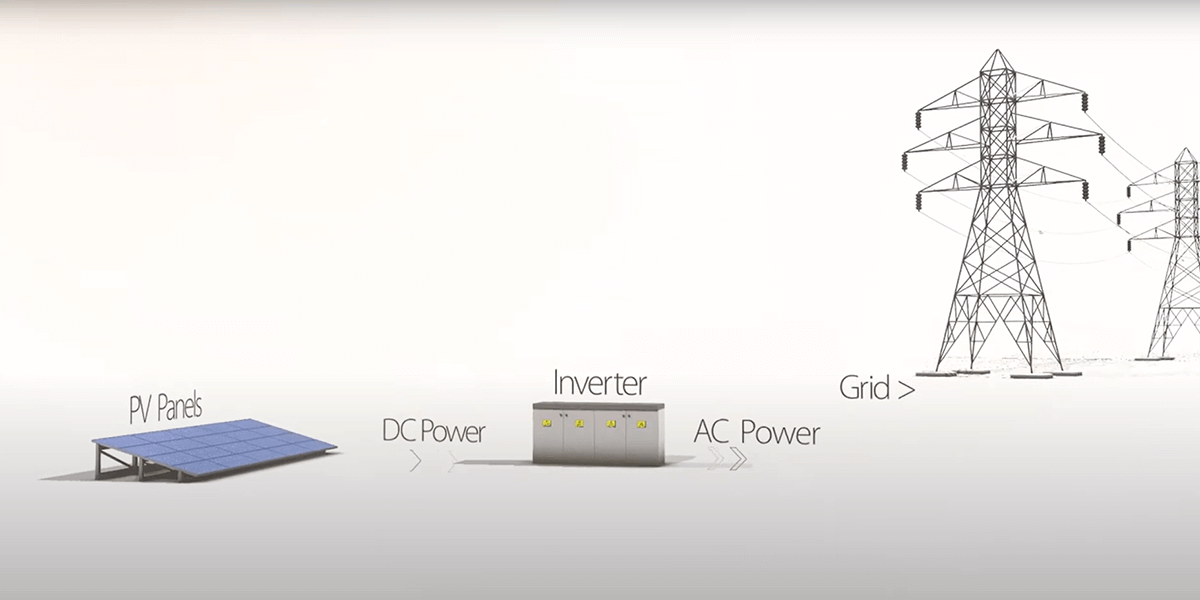A solar energy primer
Outside of solar industry professionals, how many people actually understand how solar energy works – or what products are necessary? We’ve compiled a beginner’s guide to solar energy that you can share with your customers to help them make better purchase decisions when seeking solar solutions for their home and business.
What is solar energy and why do I need it?
Our energy sources have changed through the ages and transformed the way we live. So, while in our lifetime we are accustomed to getting our energy from a power grid and paying for the privilege, that paradigm is already shifting to more sustainable alternatives. For both homeowners and businesses, this means a new flexibility in managing your electricity expenses.
Climate change, price hikes and aging grids
Climate change and the regulations enacted by governments to clean up our carbon footprint, serve as a significant impetus for energy change. But there are additional drivers that are propelling the transformation to green renewable energy: Our legacy energy sources are finite – and polluting, while our need for them has been growing exponentially. The power grids we rely on are aging and in need of expensive upgrades that can add a huge burden to energy costs.
At the same time, the vagaries of current events have led the cost of energy to soar above expected levels in different regions and deepened the understanding of the benefits of – and need for - energy independence. Together, this adds to the importance of seeking power from renewable sources.
It can be extremely beneficial for a business to retain control over the cost of electricity; sometimes, it can even be a game changer. Some businesses have leveraged green energy beyond their own power needs and cost reductions and established additional revenue streams for their business. At the same time, homeowners who choose a system that intelligently optimizes energy production, consumption and storage, can see more savings in their energy expenses and a growth of energy independence.
So, while solar energy has been widely available for almost two decades, these past few years have seen a leap in worldwide adoption as it becomes more affordable. Homeowners, businesses and communities are already reaping the benefit of going green with reduced emissions, lower energy costs and more energy flexibility.
What is solar energy?
While there are several technologies that produce energy from the sun, the most popular and accessible is photovoltaic (PV) grid-tied technology.
PV technology converts the sun’s rays into DC electricity that we can use for our day-to-day needs.


How does it work?
The sun emits light rays – even on cloudy days. When these rays hit a solar panel, the photons from the sunlight are absorbed by the semiconducting material in the panel, which is usually silicon. The energy from the photons (light particles) bump electrons loose, which then move between the negative and positive layers of the solar cell. This produces an electric current – a Direct Current or DC electric current, which is captured by the wiring in the panels. Because the home uses Alternating Current (AC), the energy must be converted from DC to AC – and that is the job of the inverter. The cables from the panels lead to the inverter which converts the energy and then sends it to power the home or export to the grid.
But not all PV technology is equal; choosing the right technology is pivotal to how much energy will be produced over the lifetime of your system and how much it will reduce your daily energy costs. The technology you choose also has significant implications on the safety of the system, which in turn protects your employees, property and ensures business continuity.
String Inverter Technology
With this traditional solar technology, the panels are wired together in a string (hence the name). The inverter converts the power from DC to AC and is connected to the grid and to the home. It’s a simple and serviceable system – but has several limitations. In this system, each panel must be identical and placed at the same angle and tilt. These design constraints limit the way in which the installation area can be exploited, while limiting the ability to take advantage of the sun’s changing direction at different hours of the day. Newer, higher powered solar panels cannot be added in the future, unless the entire string is replaced. And significantly, production will be limited to the amount of energy the lowest performing panel on each string produces, meaning that panels that could potentially produce more, underperform to work in unison with all the other panels.
There are also safety limitations to this topology: panel voltage cannot be turned off, leaving panels at high voltage during the day, even when the inverter or AC power is turned off.
OEM providers and installers cannot remotely or easily check on panel performance, and troubleshooting on these types of installations can be more complex, as there is no way of remotely identifying the exact location of a problem. If an issue does arise or production drops significantly, the installer needs to check each panel to identify the location of the problem, which is time-consuming for the installer and wastes precious production time for the site owner. This can have implications for the consistency of production, as well as system safety. If a safety problem arises, it can take time to discover the source of the problem.
SolarEdge Innovations - DC Optimization and Power Optimizers
SolarEdge introduced some smart innovations that tackles the drawbacks of both of those systems. In our system the inverter is installed safely on the ground. However, it shifts certain functions of the traditional inverter to a device called Power Optimizers while keeping the DC to AC function and grid interaction in the inverter. As a result, our inverter offers a smaller solution with advanced efficiency and reliability. As the system grows, the inverter can benefit from economies of scale, making our technology viable for large commercial and small-scale utility applications.
Power Optimizers are connected to each panel, making real-time adjustments of current and voltage to the optimal working point of each individual PV panel. This enables each PV panel to continuously produce its maximum power potential independent of other panels in the same string. By performing these adjustments at a very high rate, panel mismatch, partial shading losses and other power losses associated with traditional inverters are limited.
This also allows for system design flexibility; more panels can be installed to increase solar production and make optimal use of available space, as they do not need to remain in line with each other. Newer, more powerful panels could be added to a system after it was installed if the system were to expand in future. With real-time remote visibility on every panel of the system, easy and quick troubleshooting solves problems before they can develop, and sometimes, even remotely.
The Power Optimizers also enable including safety features at a panel level, which significantly increases safety on the site. In fact, many insurance companies and oversight bodies recognize MLPE (Module Level Power Electronics, which includes Power Optimizers) as significant for ensuring safety on a site. SolarEdge sees safety as an integral part of design and has innovated multilayered safety features to protect the site at every stage - during installation, production and maintenance. Our extensive safety features include SafeDC™, designed to secure the work environment for first responders and maintenance teams by reducing high voltage on each panel to touch safe levels during grid or inverter shutdown, as well as features that can detect temperature increase even before a hazard can develop. Read more about our safety features and approach here. While the page is specifically focused on commercial sites, the approach and features are mostly applicable for residential sites as well.
SolarEdge added value for residential sector
SolarEdge does not simply offer a solar energy production solution (although you can choose to install this alone) but a complete solar energy ecosystem – SolarEdge Home, orchestrated by SolarEdge ONE. SolarEdge Home is a complete portfolio of smart energy products that optimizes your home's energy production, consumption, storage, and backup. It includes battery storage, EV chargers, and smart energy management devices, allowing this ecosystem to grow with you as your energy needs evolve.
Our smart energy ecosystem also includes a personal energy assistant, SolarEdge ONE. It can turn off non-essential appliances, store energy in your battery for upcoming weather events, sell energy to the grid at the right times to save you money and make the most of your SolarEdge investment.
With SolarEdge Home, you get a versatile solution from a company that’s been innovating in solar technology for almost 20 years with industry-leading warranties that grant you peace of mind, knowing you're maximizing your home's energy. Learn more about SolarEdge Home here.


Solar energy is here to stay and is helping us reduce the pollution created by energy grids and transportation. This is the newest in line of changes that are improving the way people live and helping us change our future. How can you benefit from this trend? Check out the SolarEdge website for more information and to contact an installer.




